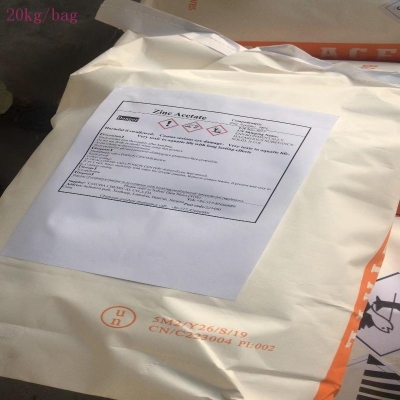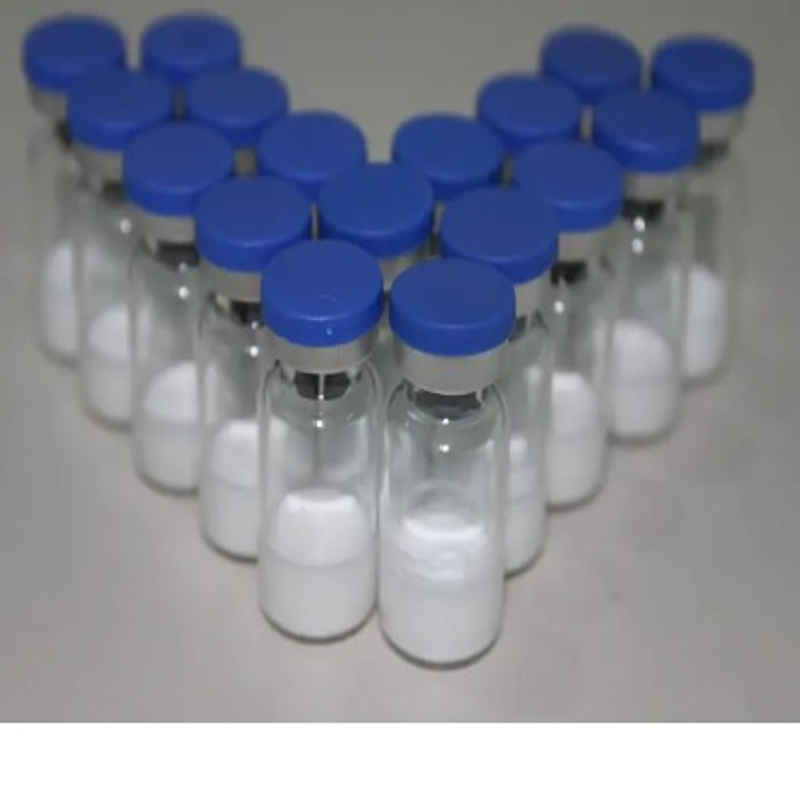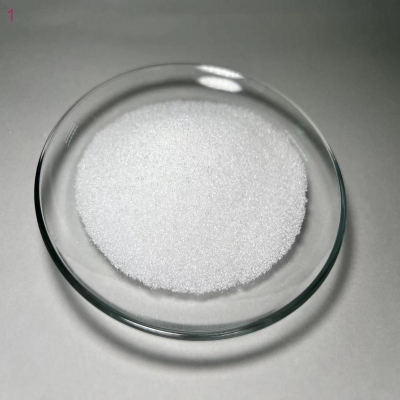-
Categories
-
Pharmaceutical Intermediates
-
Active Pharmaceutical Ingredients
-
Food Additives
- Industrial Coatings
- Agrochemicals
- Dyes and Pigments
- Surfactant
- Flavors and Fragrances
- Chemical Reagents
- Catalyst and Auxiliary
- Natural Products
- Inorganic Chemistry
-
Organic Chemistry
-
Biochemical Engineering
- Analytical Chemistry
-
Cosmetic Ingredient
- Water Treatment Chemical
-
Pharmaceutical Intermediates
Promotion
ECHEMI Mall
Wholesale
Weekly Price
Exhibition
News
-
Trade Service
Recently, the International Fertilizer Industry Association (IFA) released the "Global Fertilizer Short-Term Report".
The report believes that due to the recovery of emerging economies and the bottoming of agricultural product prices, global fertilizer demand will recover in 2016, but the overcapacity of nitrogen fertilizer and phosphate fertilizer will increase.
The surplus is alleviated, and the future production of chemical fertilizers will be more rational and close to market demand.
IFA predicts that the global fertilizer demand in 2015 will fall by 0.
1% to 183.
1 million tons (reduced pure, the same below), of which nitrogen fertilizer demand will increase by 0.
1% to 110.
4 million tons, phosphate fertilizer will decrease by 0.
9% to 40.
8 million tons, and potash fertilizer will decrease by 0.
2 %, reduced to 31.
9 million tons.
The main reason is the decline in global agricultural product prices and the economic downturn.
From a regional perspective, demand in Latin America, Oceania, and West Asia began to decline, while East Asia stagnated.
Fertilizer growth in other regions cannot offset the total decline in global fertilizer demand.
However, IFA expects that with the bottoming of agricultural product prices and the recovery of the new global economy, fertilizer demand is still expected to rebound next year.
Global fertilizer demand is expected to increase by 1.
9% year-on-year in 2016, reaching 186.
6 million tons.
Among them, the improvement of fertilizer subsidies in India and the increase in utilization of nitrogen and phosphorus fertilizers in China will become the main factors.
The global demand for potash fertilizer is expected to increase by 3.
3% to 33 million tons, the demand for nitrogen fertilizer will increase by 1.
4% to 112 million tons, and the demand for phosphate fertilizer will increase by 2.
1% to 41.
6 million tons.
Affected by the El Niño climate, the demand for fertilizers in Oceania will decrease.
Central and Western Europe remained stable, while other regions rose steadily.
From 2013 to 2016, global fertilizers grew at a rate of 3.
3%, potash fertilizer was 8.
7%, nitrogen fertilizer was 2.
0%, and phosphate fertilizer was 2.
8%.
Demand in North America has gradually decreased, and South Asia has continued to increase.
The report believes that in 2016 and even in the future, fertilizer demand will still be affected by weather, economics, and geopolitics.
The increase in fertilizer utilization will lead to a decrease in the demand for fertilizer, and the improvement in the price of agricultural products will bring about an increase in the demand for fertilizer.
The report believes that due to the recovery of emerging economies and the bottoming of agricultural product prices, global fertilizer demand will recover in 2016, but the overcapacity of nitrogen fertilizer and phosphate fertilizer will increase.
The surplus is alleviated, and the future production of chemical fertilizers will be more rational and close to market demand.
IFA predicts that the global fertilizer demand in 2015 will fall by 0.
1% to 183.
1 million tons (reduced pure, the same below), of which nitrogen fertilizer demand will increase by 0.
1% to 110.
4 million tons, phosphate fertilizer will decrease by 0.
9% to 40.
8 million tons, and potash fertilizer will decrease by 0.
2 %, reduced to 31.
9 million tons.
The main reason is the decline in global agricultural product prices and the economic downturn.
From a regional perspective, demand in Latin America, Oceania, and West Asia began to decline, while East Asia stagnated.
Fertilizer growth in other regions cannot offset the total decline in global fertilizer demand.
However, IFA expects that with the bottoming of agricultural product prices and the recovery of the new global economy, fertilizer demand is still expected to rebound next year.
Global fertilizer demand is expected to increase by 1.
9% year-on-year in 2016, reaching 186.
6 million tons.
Among them, the improvement of fertilizer subsidies in India and the increase in utilization of nitrogen and phosphorus fertilizers in China will become the main factors.
The global demand for potash fertilizer is expected to increase by 3.
3% to 33 million tons, the demand for nitrogen fertilizer will increase by 1.
4% to 112 million tons, and the demand for phosphate fertilizer will increase by 2.
1% to 41.
6 million tons.
Affected by the El Niño climate, the demand for fertilizers in Oceania will decrease.
Central and Western Europe remained stable, while other regions rose steadily.
From 2013 to 2016, global fertilizers grew at a rate of 3.
3%, potash fertilizer was 8.
7%, nitrogen fertilizer was 2.
0%, and phosphate fertilizer was 2.
8%.
Demand in North America has gradually decreased, and South Asia has continued to increase.
The report believes that in 2016 and even in the future, fertilizer demand will still be affected by weather, economics, and geopolitics.
The increase in fertilizer utilization will lead to a decrease in the demand for fertilizer, and the improvement in the price of agricultural products will bring about an increase in the demand for fertilizer.







